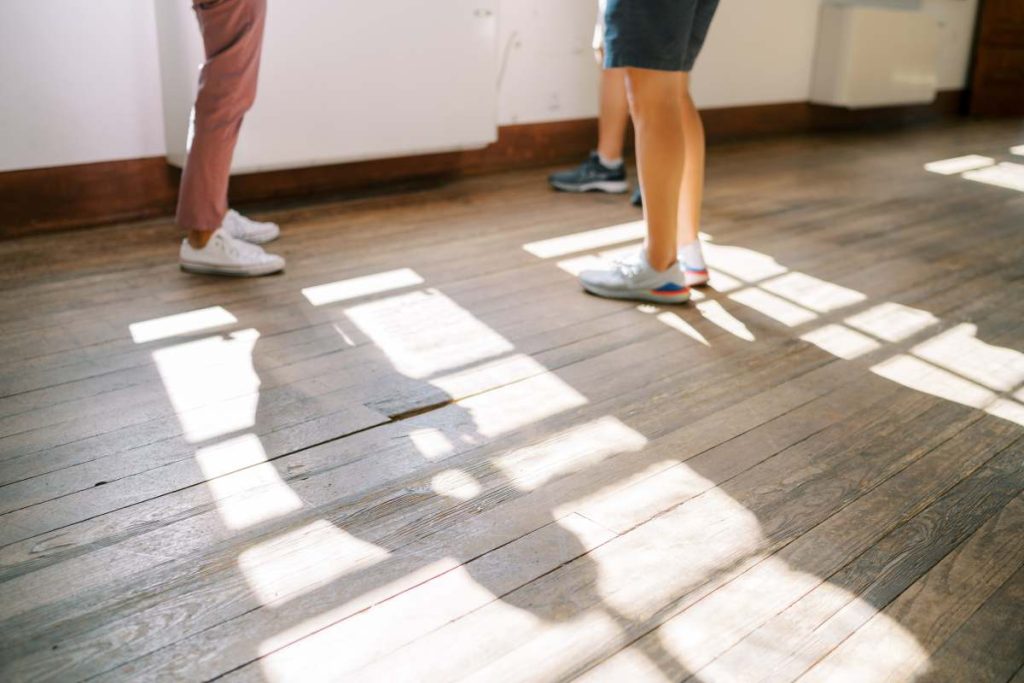How do I know if my nails are healthy or unhealthy? What are the 5 common nail problems? How can I make my nails healthier?
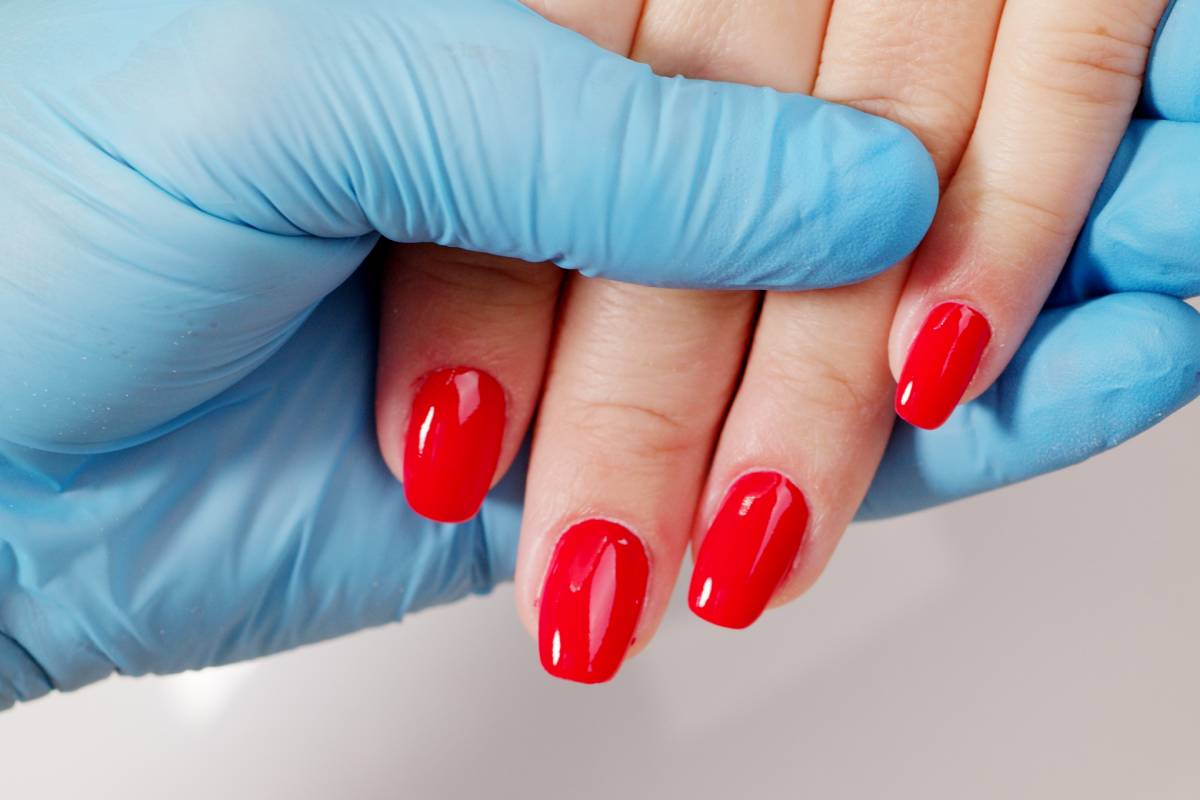
Nails, though often seen as a canvas for expressing personal style, play a more profound role in reflecting our overall health. From colour to texture, our nails can provide valuable insights into potential health issues.
In this exploration, we’ll delve into the indicators of healthy and unhealthy nails, common nail problems, and practical tips for maintaining optimal nail health.
Understanding these aspects not only enhances the aesthetic appeal of our nails but also contributes to our overall well-being.
How do I know if my nails are healthy or unhealthy?
Taking care of your nails is an essential part of maintaining overall health. Healthy nails not only look good but also serve as indicators of your well-being. By paying attention to certain signs, you can easily determine whether your nails are in good shape or if they require some extra care.
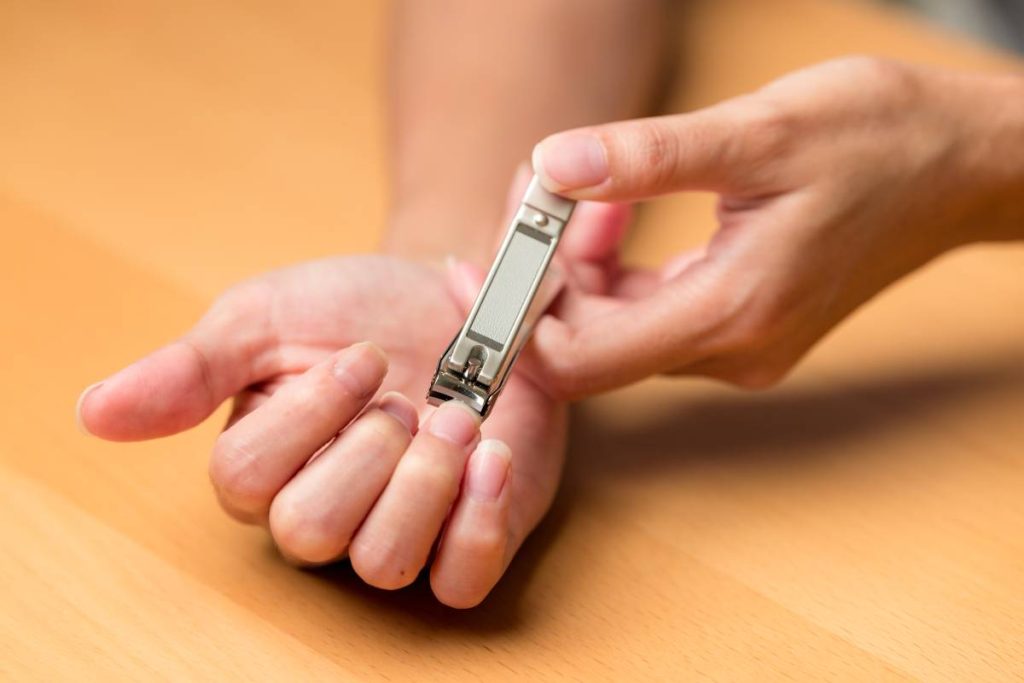
- Colour: One of the first things to observe is the colour of your nails. Healthy nails usually have a pinkish hue, indicating a good blood supply. If your nails appear pale or yellow, it might be a sign of an underlying issue. Pale nails could indicate poor circulation, while yellow nails may suggest a fungal infection. Keep an eye on any sudden colour changes.
- Texture: Smooth and even surfaces are characteristic of healthy nails. If you notice ridges, dents, or grooves, it could be a sign of various conditions, such as nutritional deficiencies or trauma. Pay attention to any significant changes in texture and consult a healthcare professional if you have concerns.
- Thickness: Healthy nails are generally of uniform thickness. If your nails become excessively thin or thick, it may be an indication of an imbalance. Thin nails could be a result of nutritional deficiencies, while thick nails might be associated with fungal infections or circulation problems.
- Cuticles: The cuticles, the thin layer of skin at the base of your nails, play a crucial role in protecting them from infection. Healthy cuticles are smooth and intact. If you notice dry, cracked, or inflamed cuticles, it could be due to excessive exposure to harsh chemicals or a lack of moisture. Gently moisturize your cuticles to keep them healthy.
- Shape: The shape of your nails can also reveal insights into your overall health. Ideally, your nails should have a gentle curve. If you notice changes in the curvature, such as spoon-shaped nails or nails that curve excessively, it could be linked to nutritional deficiencies, iron deficiency anaemia, or other health issues.
- Growth: Keeping track of your nail growth is essential. Healthy nails typically grow at a steady rate, and a change in growth patterns could be a signal of an underlying problem. Factors such as age, diet, and genetics can influence the rate of nail growth. If you observe sudden changes, it’s advisable to consult a healthcare professional.
- Hygiene: Maintaining good nail hygiene is vital for overall nail health. Regularly trimming your nails, cleaning under them, and avoiding biting or picking can prevent infections and promote healthy growth. Dirty or unkempt nails are more prone to bacterial and fungal infections.
- Diet and Lifestyle: Your overall well-being, including the health of your nails, is closely linked to your diet and lifestyle. Adequate intake of vitamins and minerals, especially biotin, vitamin E, and iron, contributes to strong and healthy nails. Drinking enough water and avoiding excessive use of harsh chemicals on your nails also play a significant role in maintaining their health.
What are the 5 common nail problems?
Nails are not just about aesthetics; they can also provide important clues about your health. If you notice changes in your nails, it’s essential to pay attention. Here are five common nail problems that you might encounter and what they could signify:
1. Brittle Nails
Brittle nails are prone to splitting, cracking, and breaking easily. One of the common causes is a lack of moisture. Exposure to harsh chemicals, frequent hand washing, and nail polish remover can contribute to dryness. Nutrient deficiencies, particularly biotin (a B-vitamin), can also lead to brittle nails. To address this, moisturize your nails regularly, consider using nail strengtheners, and ensure a balanced diet with sufficient vitamins and minerals.
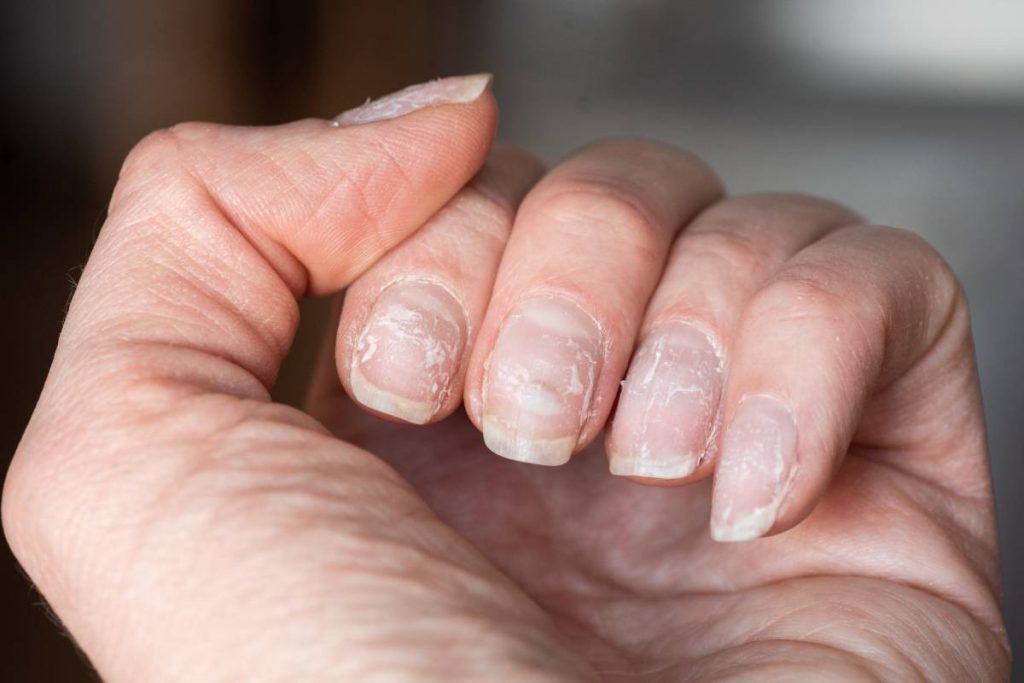
2. Discolored Nails
Changes in nail colour can signal various issues. Yellow nails, for instance, maybe a result of fungal infections, smoking, or the use of dark nail polish without a base coat. Greenish or blackish discolouration might indicate bacterial or fungal infections. White spots can be linked to trauma or zinc deficiency. If you notice persistent discolouration, consult a healthcare professional to identify the underlying cause and receive appropriate treatment.
3. Nail Fungus
Nail fungus, or onychomycosis, is a common problem characterized by thickened, discoloured nails. It often starts as a small white or yellow spot under the tip of the nail and can spread. Fungi thrive in warm, moist environments, making nails susceptible, especially in places like swimming pools and showers. Over-the-counter antifungal treatments or prescription medications may be necessary for more severe cases. Good nail hygiene and keeping your feet dry can help prevent fungal infections.
4. Ingrown Toenails
Ingrown toenails occur when the edges of the nails grow into the surrounding skin, causing pain, redness, and swelling. Tight-fitting shoes, improper nail trimming, and hereditary factors can contribute to ingrown toenails. Soaking your feet in warm water, gently lifting the ingrown edge, and avoiding tight shoes can provide relief. In severe cases, a healthcare professional may need to intervene to prevent infection.
5. Vertical Ridges
Vertical ridges are lines that run from the cuticle to the tip of the nail. While they are a common part of ageing and usually harmless, they can also result from nutrient deficiencies, dehydration, or underlying health issues. If you notice sudden or pronounced ridges, it’s a good idea to examine your diet and hydration levels. Ensure you are getting essential vitamins and minerals through a balanced diet, and consider consulting a healthcare professional if ridges persist.
Preventive Measures
Maintaining good nail care habits can prevent many common problems. This includes regular trimming, proper nail hygiene, wearing protective gloves when handling harsh chemicals, and avoiding biting or picking at your nails. A well-balanced diet rich in vitamins and minerals, especially those supporting nail health, contributes to strong and resilient nails.
How can I make my nails healthier?
Achieving healthier nails involves adopting simple yet effective habits that contribute to their strength and vitality. If you’re looking to enhance the health of your nails, here are some easy-to-follow tips:
1. Maintain Good Hygiene
Cleanliness is the first step to healthy nails. Regularly wash your hands and keep your nails dry to prevent bacterial and fungal infections. Use a mild soap, and be sure to dry your hands and nails thoroughly, especially after water exposure.
2. Trim and Shape Regularly
Trimming your nails regularly helps prevent breakage and maintains a neat appearance. Use a sharp, clean nail clipper to trim your nails straight across and then round the tips in a gentle curve. This minimizes the risk of ingrown nails and promotes overall nail health.
3. Moisturize Your Nails and Cuticles
Just as you moisturize your skin, your nails and cuticles also benefit from hydration. Apply moisturizing hand cream or cuticle oil regularly to keep your nails flexible and prevent them from becoming dry and brittle. Massaging the moisturizer into your cuticles can also stimulate blood flow.
4. Protect Your Nails
Wearing gloves while doing household chores, gardening, or any activity that involves exposure to harsh chemicals is a simple yet effective way to protect your nails. Chemicals in cleaning products and detergents can weaken and damage your nails over time, so wear your gloves every time you’re cleaning.
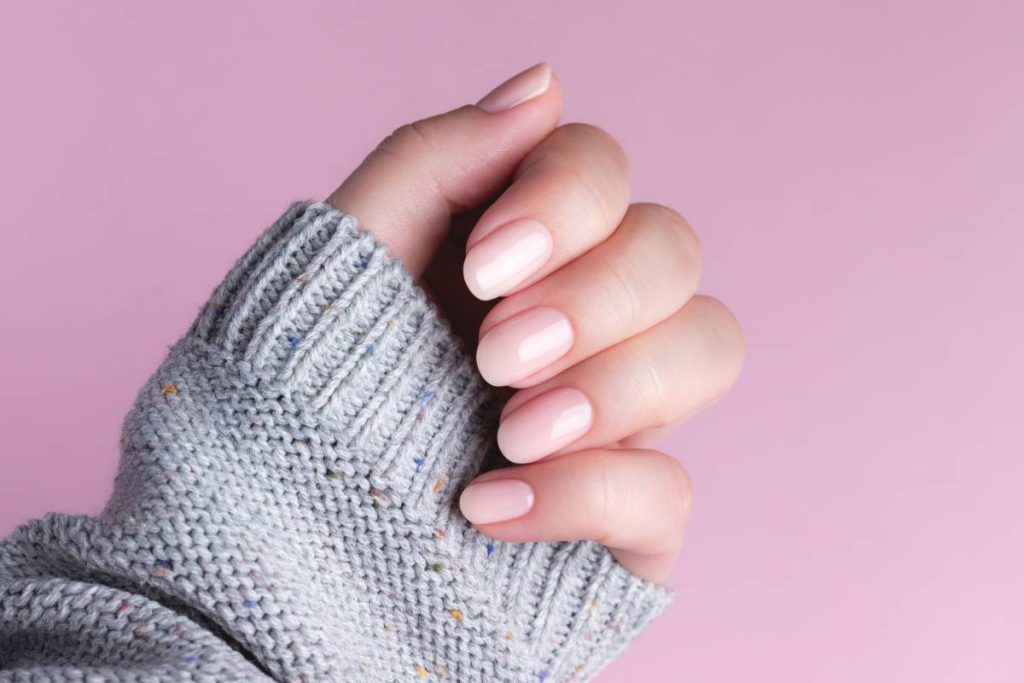
5. Use Nail Polish Wisely
Nail polish can add a pop of colour, but using it excessively without breaks may cause your nails to become discoloured or weakened. If you enjoy wearing nail polish, give your nails a breather between applications. Also, use a base coat to prevent staining and a top coat for added protection and shine.
6. Maintain a Balanced Diet
Nutrition plays a crucial role in nail health. Ensure your diet includes a variety of vitamins and minerals, especially biotin (B7), vitamin E, and iron. These nutrients contribute to the strength and growth of your nails. Include foods like eggs, nuts, leafy greens, and lean proteins in your diet for healthier nails.
7. Stay Hydrated
Hydration is essential for overall health, and your nails are no exception. Drinking an adequate amount of water helps keep your nails hydrated and prevents them from becoming dry and prone to breakage. Aim for at least eight glasses of water a day.
8. Avoid Nail Biting and Picking
Breaking the habit of nail biting or picking is crucial for maintaining healthy nails. These habits can lead to damage, infections, and irregular nail growth. Consider using a bitter-tasting nail polish or seeking alternatives like stress-relief techniques to break these habits.
9. Be Gentle with Your Nails
Avoid using your nails as tools for tasks like opening cans or scratching off stickers. Being gentle with your nails reduces the risk of trauma and breakage. Use proper tools for these tasks to preserve the health and strength of your nails.
10. Consult a Professional
If you notice persistent issues with your nails or experience sudden changes, consider consulting a dermatologist or healthcare professional. They can provide personalized advice and identify any underlying health conditions that may be affecting your nails.
Incorporating these simple habits into your routine can contribute to the overall health and appearance of your nails. Remember, consistency is key, so make these practices a part of your regular self-care routine for beautiful and healthy nails.
Conclusion
In the journey towards healthier nails, it’s clear that a combination of awareness and simple practices can make a significant difference. Regular hygiene, mindful trimming, and moisture are the pillars of nail health.
Whether it’s protecting them from external stressors, nourishing them from within through a balanced diet, or seeking professional advice when needed, the path to healthier nails is accessible to everyone. Let’s embrace these habits, turning our nail care routine into a small yet impactful act of self-care. After all, healthy nails not only look good but serve as a reflection of our overall health and well-being.
Recent Posts
- Couch Grass vs. Kikuyu: Effectively Managing Growth in Sydney
- What Do Gardeners Do? How to Earn a Decent Income as a Gardener
- Varicose Veins: Causes and Treatment
- Is it better to keep a freezer full or empty? What is the best thing to clean the inside of a fridge with?
- Why Does My Wood Floor Feel Hollow? Can I Fix the Hollow Spot in the Wood Floor Myself? How Much Does It Cost to Fix a Hollow Spot in My Wood Floor?
Recent Comments
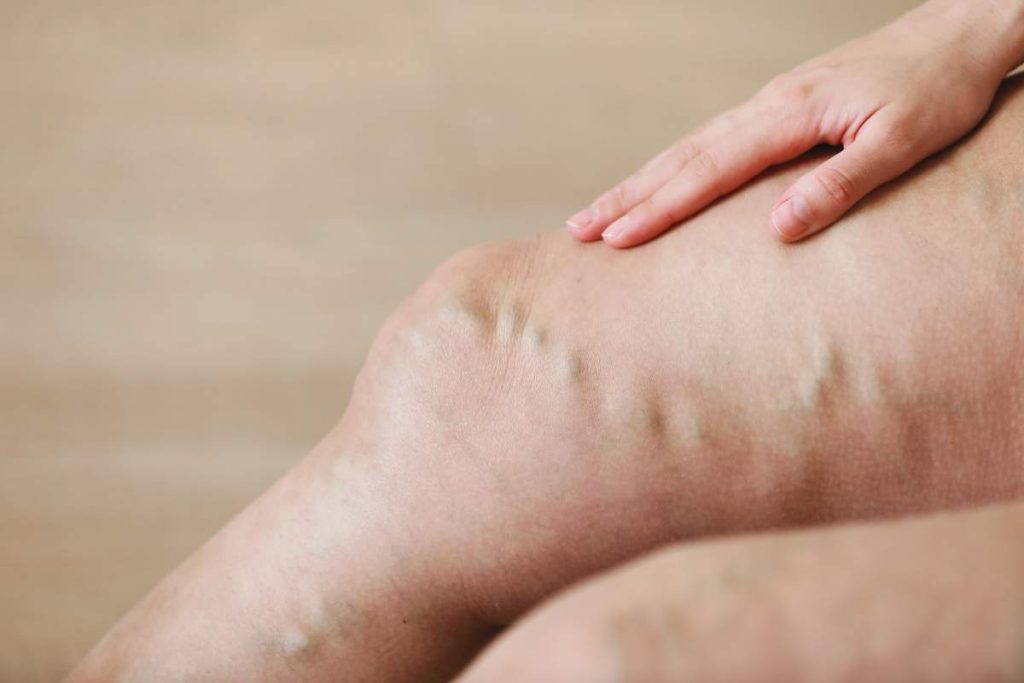
Varicose Veins: Causes and Treatment
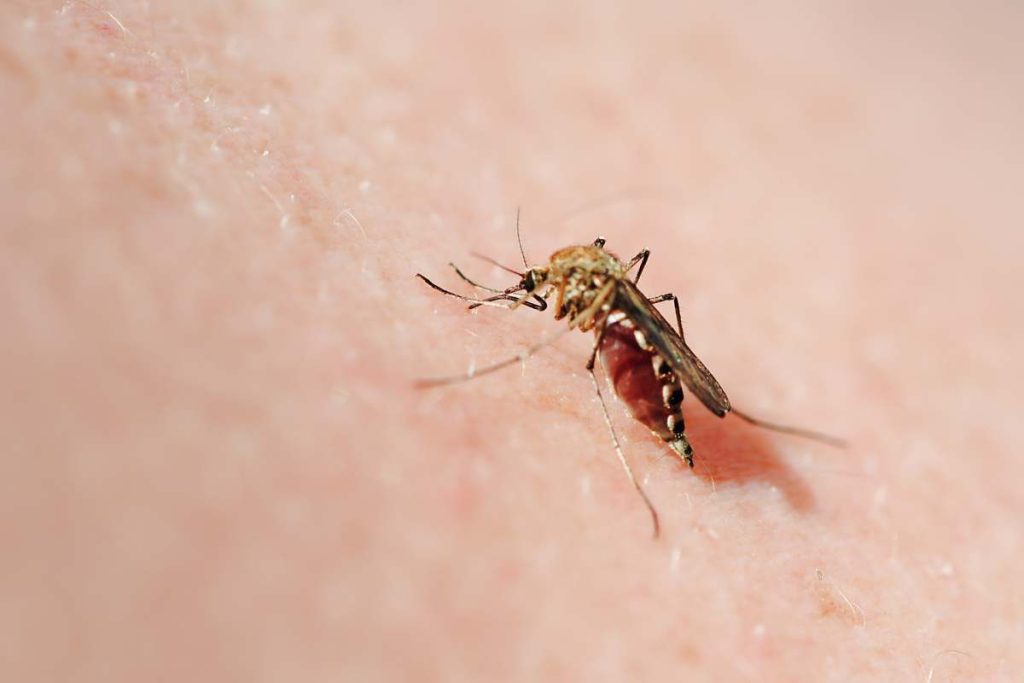
Why Do Mosquitos Bite at Night? Are All Mosquitos Dangerous? Which One is the Most Dangerous?
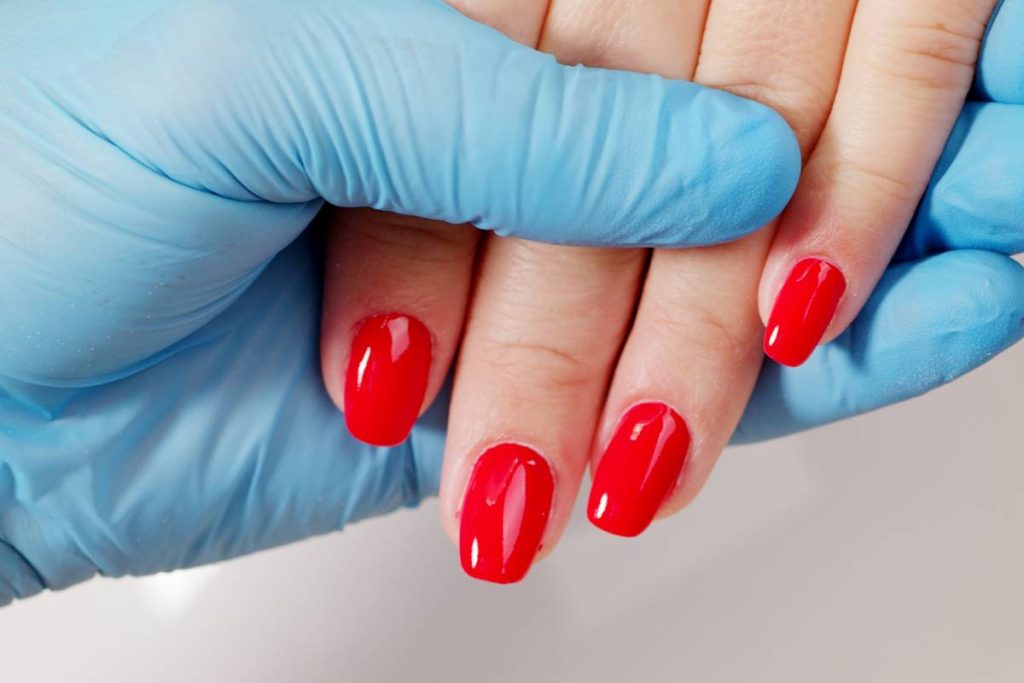
How do I know if my nails are healthy or unhealthy? What are the 5 common nail problems? How can I make my nails healthier?

The Health Benefits for Children Living in a Home with a Swimming Pool
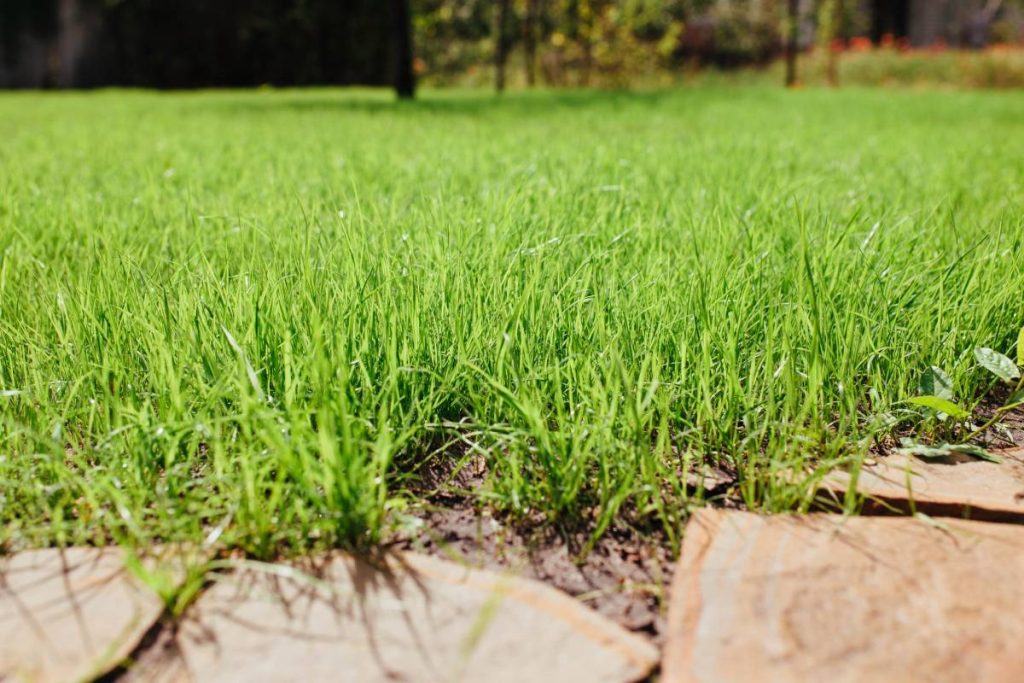
Couch Grass vs. Kikuyu: Effectively Managing Growth in Sydney

What Do Gardeners Do? How to Earn a Decent Income as a Gardener

Varicose Veins: Causes and Treatment
